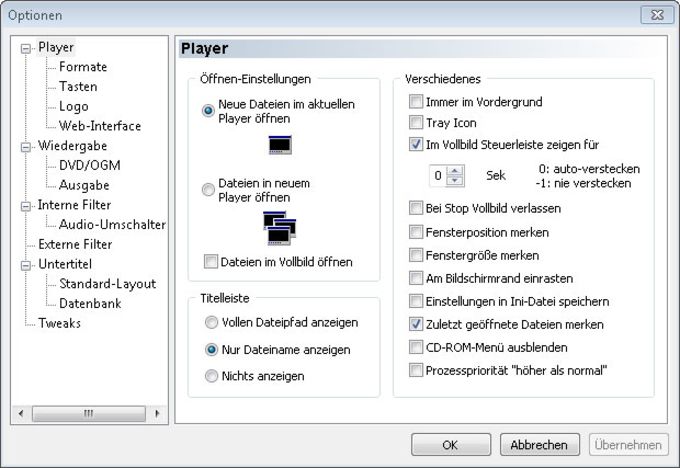
You may also make favorites of files you often play so you don’t have to open a full playlist or search through your computer to find something. Other playlist formats, as well as Windows Media Player, are supported by the application. You may open a playlist manager to construct a list of different selections that you can later load. One of the things that each media player should have is also found here.

You only get access to the items stated above and a preview area by default, with the option to bring up other accessible features. The progress and volume sliders, as well as the playback choices, are all readily apparent. These may be readily added by dragging them over the main window, or by using a specialized menu for individual files or a directory’s whole contents. This isn’t a terrible thing because it allows you to swiftly accommodate and simply enjoy the products you want. When you run the program, you’ll see an interface that you’re probably acquainted with. Media Player Classic – Home Cinema is one of them, trying to be a simple, but powerful player. Amongst virtual items that serve various purposes, you manage to find specialized applications needed to play movies and songs.

The Internet is home to nearly all forms of entertainment, but is also one of the largest markets, available to the whole world. Plus, there are no adverts or toolbars in Media Player Classic Home Cinema, and it is spyware-free. Media Player Classic Home Cinema Portable is a fork of the original Guliverkli project that includes a slew of new features and bug fixes. All common video and audio file types are supported by Media Player Classic Home Cinema. MPC-HC (Media Player Classic Home Cinema) is an open source media player for Windows® that is particularly light-weight.


 0 kommentar(er)
0 kommentar(er)
